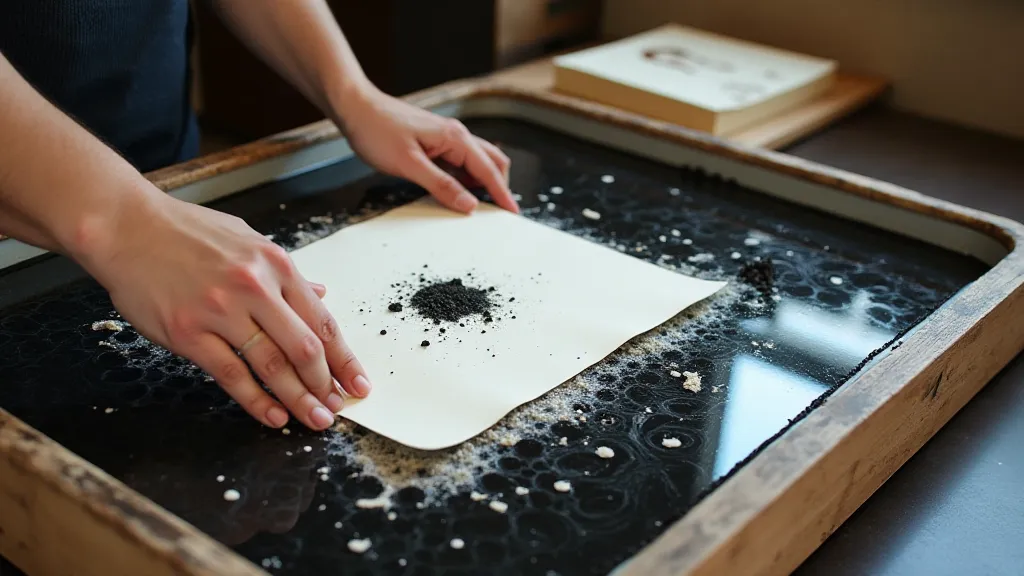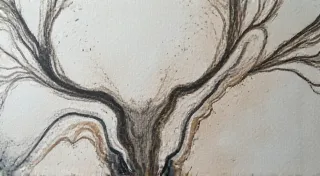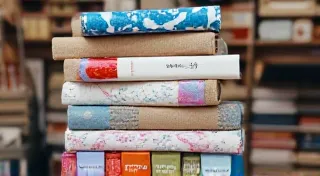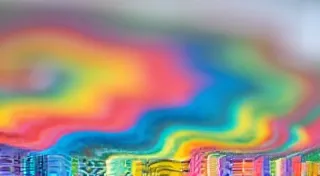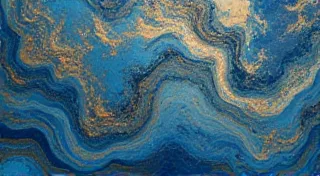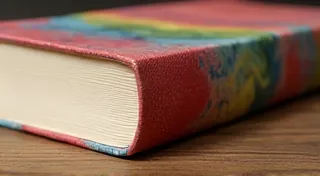Suminagashi: Japanese Paper Marbling with Ink
Discover the serene beauty of Suminagashi, the traditional Japanese paper marbling technique using only ink and water. This article guides you through the process.
A Glimpse into Suminagashi's History
Suminagashi (墨流し), meaning "floating ink," is a captivating Japanese paper marbling technique steeped in Zen Buddhist traditions. Its origins trace back to the Muromachi period (1336-1573) and are closely tied to the practice of Sumi-e, the Japanese ink wash painting style. Monks used Suminagashi to create beautiful paper for calligraphy and Buddhist scriptures, viewing the process as a meditative and spiritual discipline. Unlike many paper marbling techniques that involve a range of colors, Suminagashi utilizes the singular beauty of black ink (sumi) on water. This creates an elegant simplicity, allowing the organic shapes and movement to truly shine.
Understanding the Principles
The core principle of Suminagashi lies in the careful manipulation of ink density and surface tension. Sumi ink, traditionally made from soot and glue, has unique properties that make it ideal for this art. The water acts as a canvas, and the ink, when carefully dropped and guided, spreads and creates mesmerizing patterns. The challenge, and the beauty, lies in preventing the ink from simply spreading evenly. Delicate disturbances, often created by breath or specialized tools, are crucial to generating the flowing, organic forms characteristic of Suminagashi.
Materials You's Need
- Sumi Ink: High-quality Sumi ink is essential. Different brands may have slightly different viscosities, so experimentation is encouraged.
- Water: Use still, purified water. Hard or chlorinated water can affect the ink’s behavior.
- Shallow Tray: A wide, shallow tray is ideal – a Japanese “shinkei” tray is traditional, but a baking dish or other similar container will work.
- Paper: Thin, absorbent paper is best. Japanese paper (washi) is traditional and beautiful, but any thin paper like mulberry paper or even good quality watercolor paper will suffice.
- Breath or Tools: While breath is the most traditional method, small tools like toothpicks, small brushes, or even straws can be used to manipulate the ink.
- Sponge or Rag: For carefully blotting excess water from the paper after immersion.
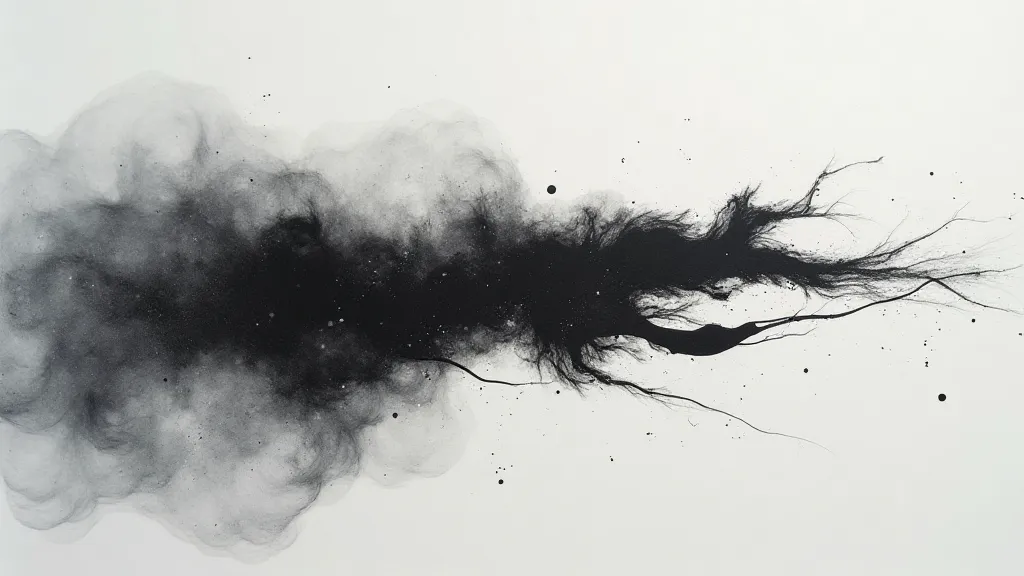
Step-by-Step Guide to Suminagashi
- Prepare Your Water: Fill your tray with water. Ensure the water is perfectly still.
- Add the Ink: Begin adding small drops of ink to the water. Resist the urge to add too much at once. The key is to build the pattern slowly.
- Manipulate the Ink (Optional): This is where the artistry comes in. Using your breath, or a chosen tool, gently disturb the surface of the water. Short, controlled breaths are best. Try circular motions, or create lines by pushing the ink along. Practice is key to understanding how the ink will respond.
- Lay the Paper: Carefully and gently lay your paper onto the surface of the ink-covered water. Avoid creating sudden movements that might disrupt the pattern.
- Soak Briefly: Allow the paper to rest on the surface for a brief period – typically 20-30 seconds. Longer immersion can blur the pattern.
- Lift the Paper: Carefully lift the paper from the water, striving to maintain the pattern’s integrity.
- Blot the Paper: Gently blot the back of the paper with a sponge or clean rag to remove excess water.
- Dry the Paper: Lay the paper flat to dry completely.
Tips for Success
- Start Small: Begin with small trays and small amounts of ink. This allows for greater control.
- Practice Breath Control: If using breath, practice controlled and short breaths. Rapid or forceful breaths will likely muddy the pattern.
- Experiment with Tools: Try different tools to manipulate the ink – brushes, toothpicks, straws, etc. Observe how each tool affects the outcome.
- Embrace Imperfection: Suminagashi is an organic art form. Embrace the unexpected and appreciate the unique beauty of each print.
- Record Your Methods: Keep a notebook to record the type of ink, water quality, and techniques used for each attempt. This will help you learn and replicate successful patterns.
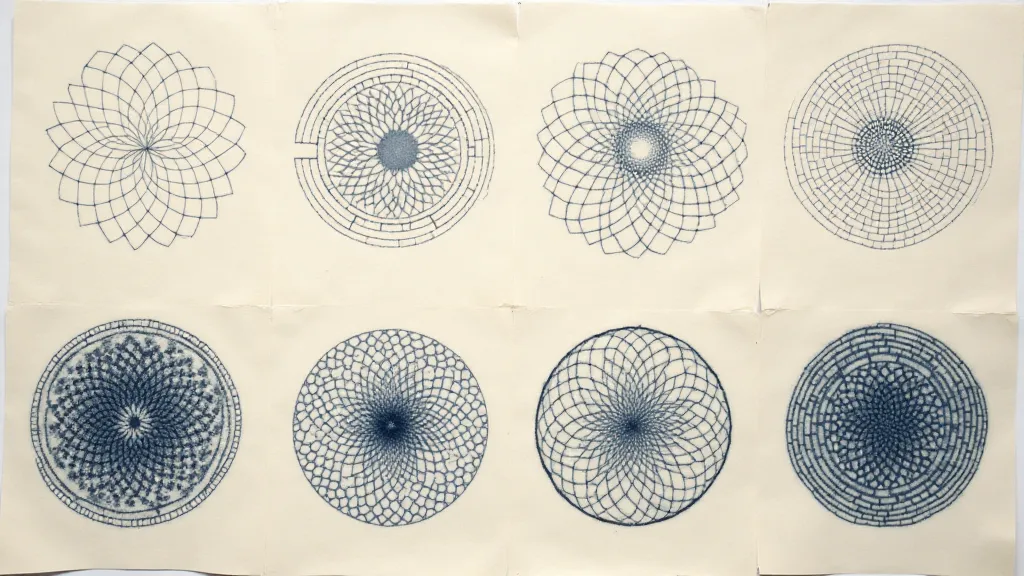
Beyond the Basics: Advanced Techniques
Once you’re comfortable with the basic process, consider exploring some advanced techniques:
- Layering: Allowing one layer of ink to partially dry before adding another can create more complex, layered patterns.
- Combined Techniques: Experimenting with other paper marbling techniques in conjunction with Suminagashi can yield striking results.
- Resist Methods: Using a resist (such as a thin layer of oil or wax) can create negative space and add further definition to the design.
Conclusion
Suminagashi is a wonderfully meditative and rewarding art form. While initially appearing simple, mastering the subtle nuances of ink and water manipulation requires practice and patience. The resulting prints, however, are exquisite testaments to the beauty of imperfection and the power of mindful creativity. So, gather your materials, embrace the process, and discover the serenity of Japanese paper marbling.
